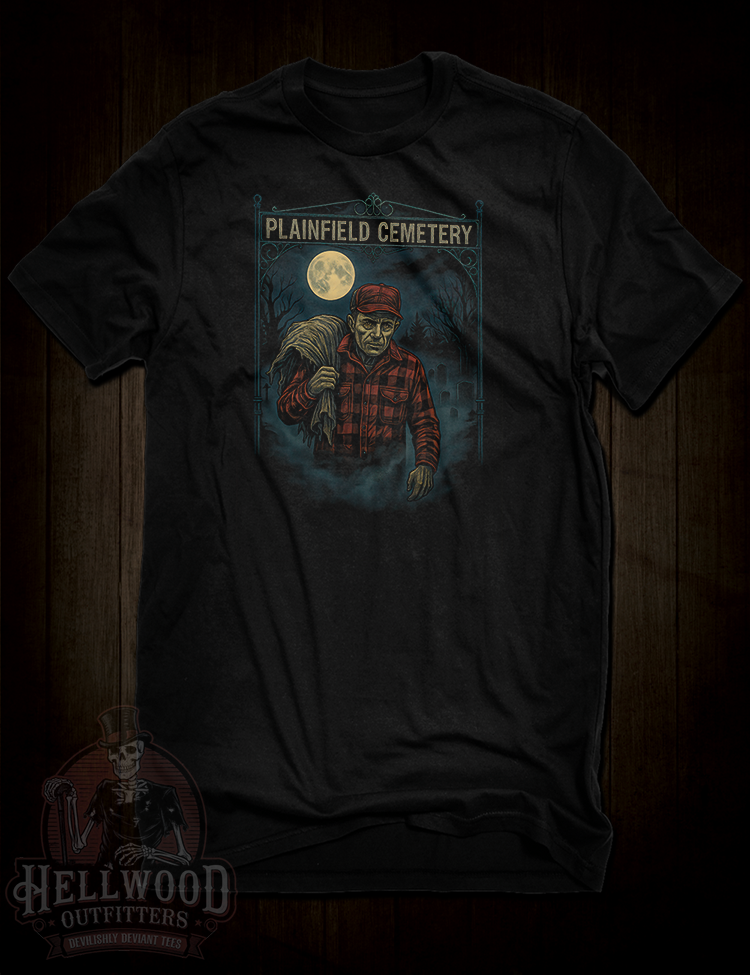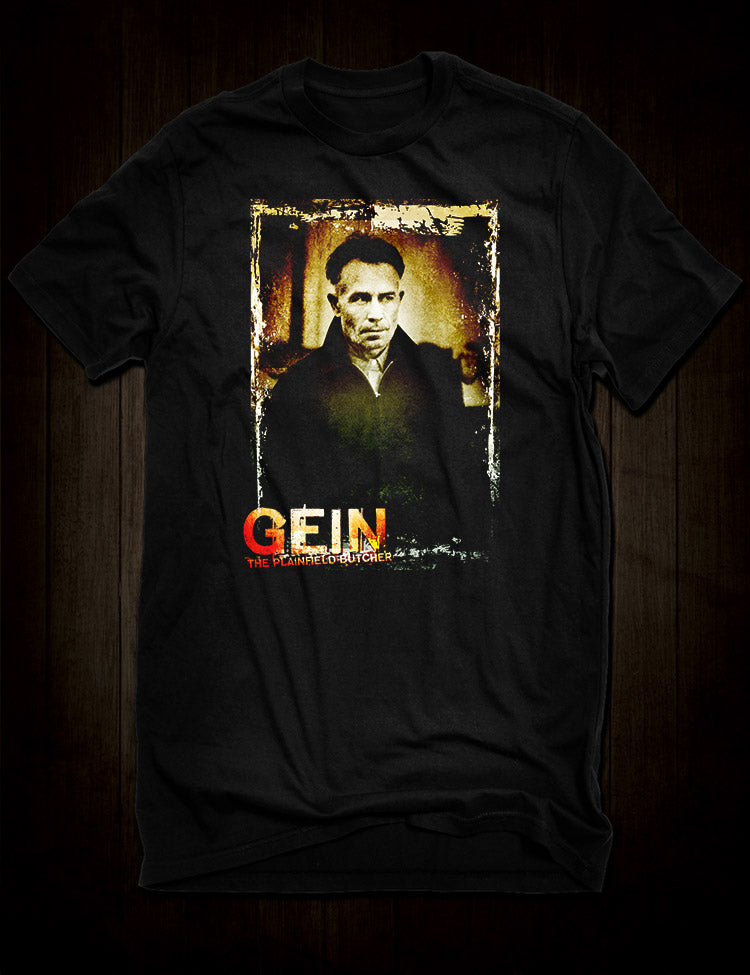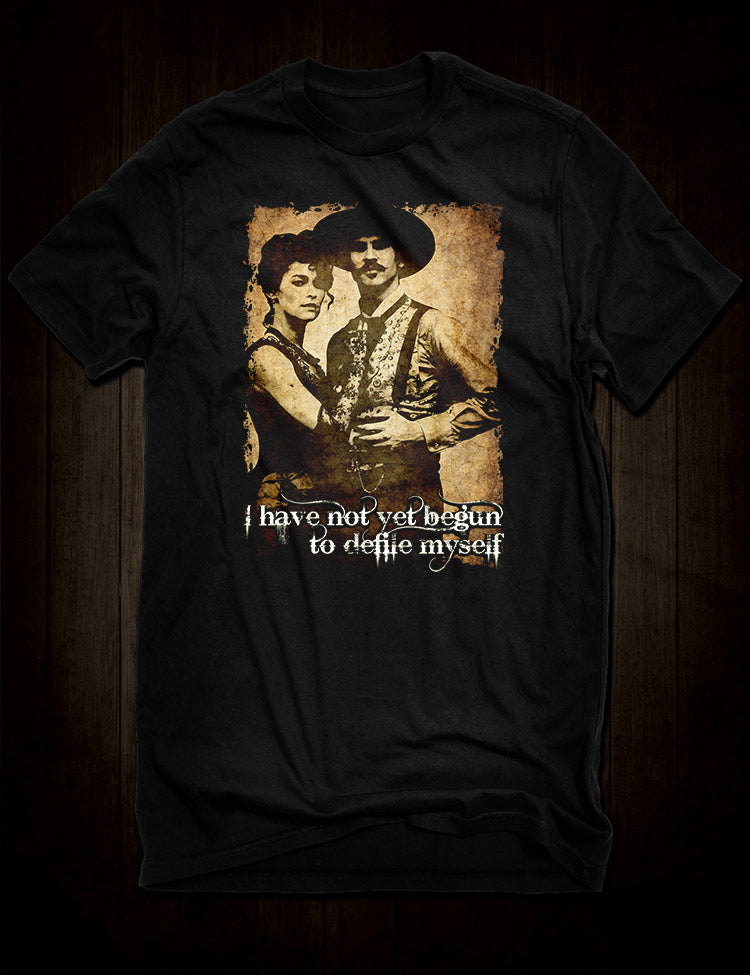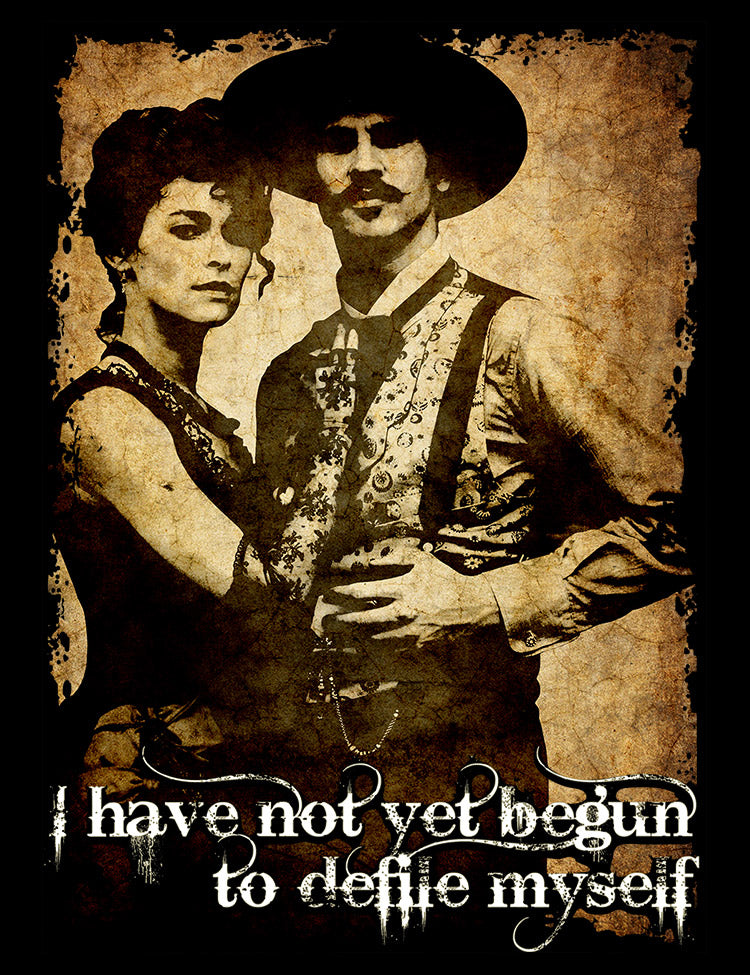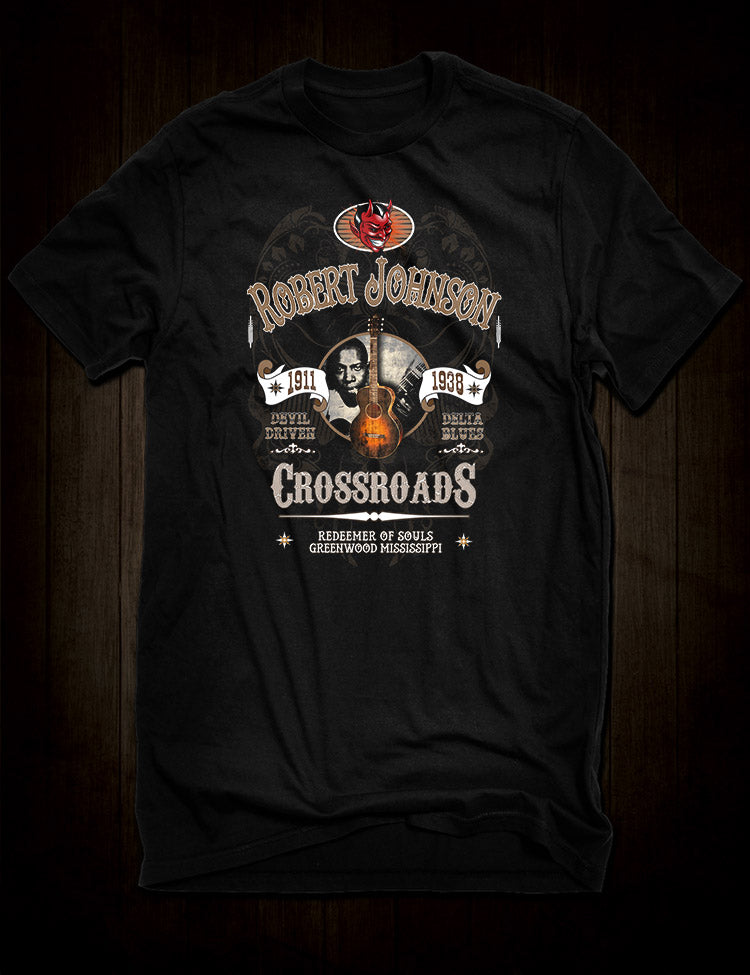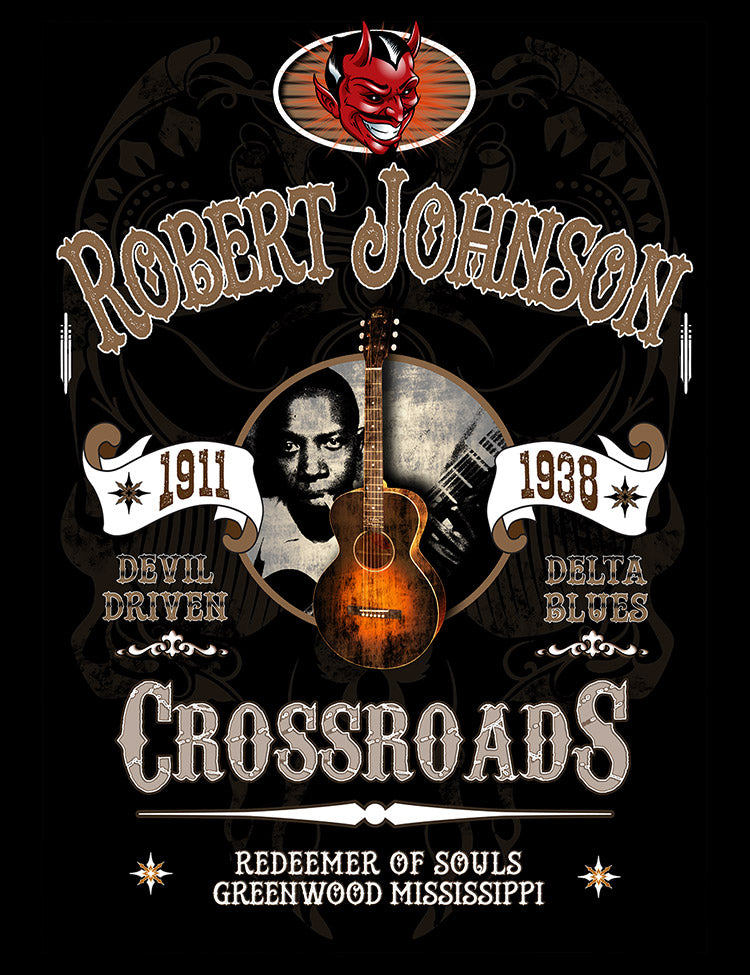
Ricky Kasso: The Acid King and the Dark Legacy of the Satanic Panic

Introduction
The 1980s was a decade filled with paranoia, hysteria, and moral panic—none more infamous than the so-called Satanic Panic that gripped America. Fueled by sensationalized media, religious fervor, and a general fear of the unknown, this era saw a rise in accusations of devil worship, occult practices, and ritualistic crimes. One name that became a chilling symbol of this hysteria was Ricky Kasso, a troubled teenager whose gruesome crime became a lightning rod for Satanic Panic conspiracies. Dubbed "The Acid King", Kasso’s story is one of drugs, mental illness, and a society desperate to explain the unexplainable.
But who was Ricky Kasso? What really happened on that fateful night in 1984? And how did his case fuel one of the most bizarre periods of moral fear in modern history? Let’s unravel the dark legacy of Ricky Kasso, The Acid King, and his place in the chaotic whirlwind of the Satanic Panic.
Who Was Ricky Kasso?
Richard "Ricky" Kasso Jr. was born on March 29, 1967, in Northport, New York. Despite coming from an upper-middle-class family, Kasso’s life took a dark turn at an early age. He became heavily involved in psychedelic drugs, particularly LSD, which earned him the nickname "The Acid King." By his teenage years, he had dropped out of school and found solace in the counterculture of drugs, heavy metal music, and occult symbolism.
His rebellious nature and fascination with Satanic imagery weren’t unusual among teenagers of the time, but Kasso’s story would take a far darker turn—one that would cement his place in true crime infamy.
The Gruesome Murder of Gary Lauwers
On the night of June 16, 1984, Ricky Kasso, along with James Troiano and Albert Quinones, lured 17-year-old Gary Lauwers into the woods of Northport, Long Island. The events that followed were nothing short of horrific. Kasso, allegedly enraged over a previous dispute where Lauwers had stolen his drugs, stabbed him over 30 times, forcing him to say, "Say you love Satan," as he inflicted the fatal wounds.
Lauwers’ body was left to rot in the woods for weeks before police discovered it. The crime scene, filled with occult symbols, quickly became the perfect storm for Satanic Panic hysteria. Kasso was arrested shortly after, and within days, he died by suicide in his jail cell, leaving behind more questions than answers.
The Satanic Panic and Media Sensationalism
The 1980s were already rife with fears of Satanic cults supposedly sacrificing children, infiltrating schools, and influencing music and movies. Ricky Kasso’s case exploded into the media, with sensational headlines claiming he was part of a Satanic cult and that the murder was a ritual sacrifice.
-
News outlets falsely suggested Kasso was a high-ranking Satanist.
-
His love for bands like Black Sabbath and Judas Priest was used as “evidence” of his involvement in the occult.
-
The crime was widely (and inaccurately) linked to a nationwide network of ritualistic killers.
Despite no concrete evidence linking Kasso to any organized Satanic activity, the case fueled anti-occult paranoia and led to increased scrutiny of heavy metal music, role-playing games like Dungeons & Dragons, and countercultural movements.
Frequently Asked Questions About Ricky Kasso and the Satanic Panic
1. Was Ricky Kasso Really a Satanist?
While Kasso dabbled in occult symbols and shouted Satanic phrases, there’s no solid evidence he was a true Satanist. His drug addiction, mental instability, and violent tendencies were far greater factors in the murder than any actual religious belief.
2. What Role Did Drugs Play in the Murder?
Drugs, particularly LSD and PCP, were major contributors to Kasso’s erratic behavior. Many believe that hallucinogens and prolonged substance abuse led to his descent into madness.
3. Why Did the Media Blow the Story Out of Proportion?
The 1980s was a period of intense moral panic, and Kasso’s case provided the perfect mix of elements—drugs, murder, Satanic imagery—to fuel fears that America’s youth was being consumed by the occult.
4. Did the Satanic Panic Lead to Wrongful Convictions?
Yes. The Satanic Panic led to several wrongful convictions across the U.S., including the infamous West Memphis Three, where teenagers were sentenced to life based on flimsy, Satanic-related accusations.
5. What Is Ricky Kasso’s Legacy Today?
Kasso’s story serves as a cautionary tale about the dangers of mass hysteria, the impact of drug abuse, and the power of media sensationalism in shaping public perception.
Conclusion: Lessons from the Acid King Case
Ricky Kasso’s tragic story is a reminder of how fear can warp reality. His crime was undoubtedly brutal, but the Satanic Panic exaggerated and twisted the narrative into something far beyond the facts. The media, desperate for shocking headlines, turned a drug-fueled act of violence into a supposed Satanic sacrifice, leading to widespread paranoia and real-life consequences for innocent people.
Today, as we look back at cases like Kasso’s, we can see the importance of critical thinking, skepticism, and the dangers of moral panic. The Satanic Panic was a cultural witch hunt, one that should serve as a lesson in how easily fear can override reason.

